Mailing List
Sign up for our mailing list to get latest updates and offers.
The world is a wonderful place to see in terms of heritage. If you are a global traveler and a lover of heritage, one life is not sufficient to see it all. Visit some of the Ancient temples around the globe through World tour packages conducted by Hellovisit.

The Mundeshwari Devi Temple is located in the Kaimur region of Bihar. It is an Ancient temple of Shiva-Parvati. It is among the oldest temples in India and dates back to 625 CE. Constructed of stone, the temple architecture depicts a distinct octagonal plan. The principal deities located in the temple are Devi Mundeshwari as well as the four-faced Shiva linga. The temple also comprises idols of Ganesha, Surya as well as Vishnu. The temple was a subject of archaeological study for a period of time and some inscriptions date back to 635 CE. Come here through a world heritage package conducted by Hellovisit.
Read More: Top 10 Honeymoon Destinations in Karnataka
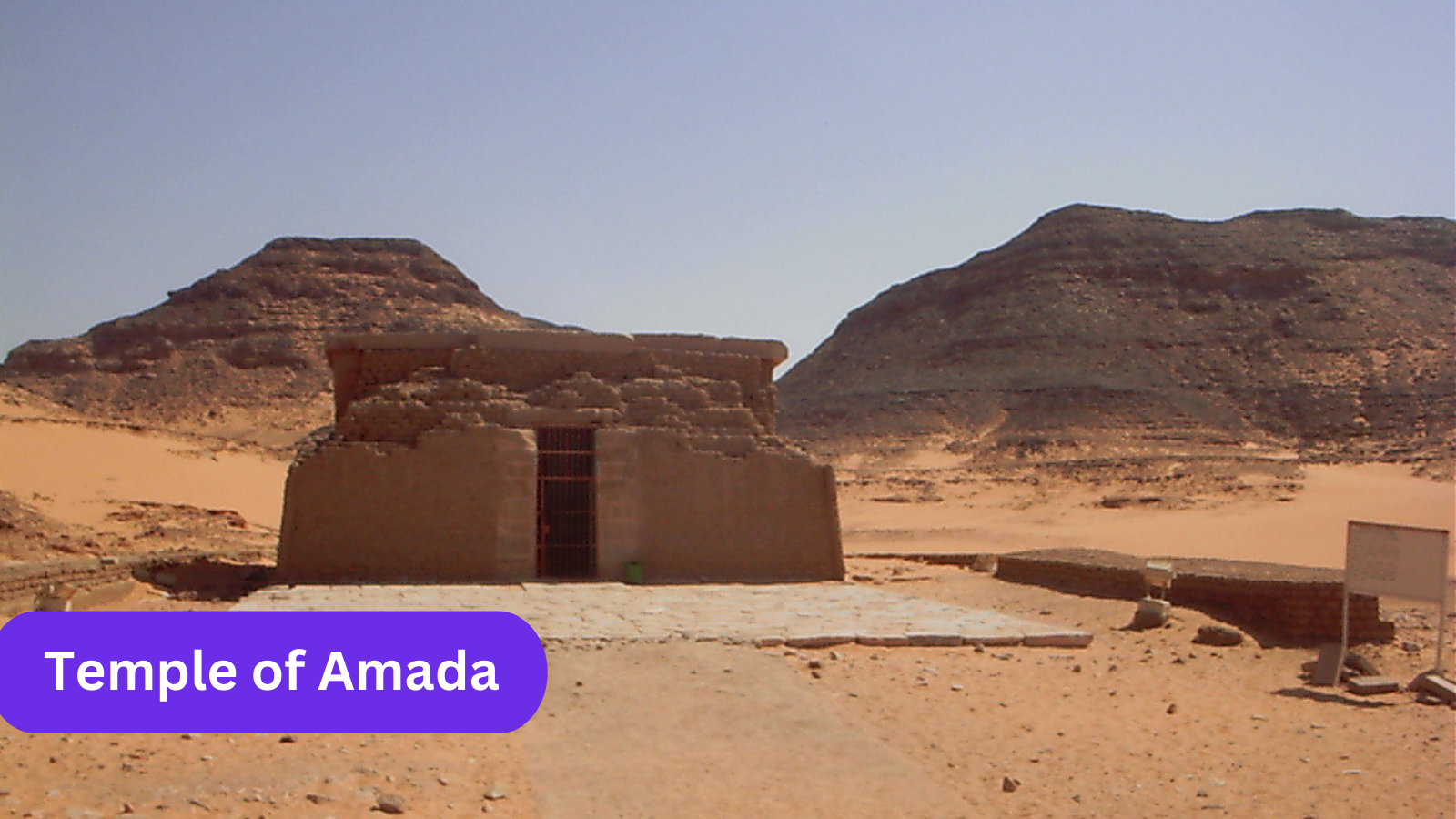
The Temple of Amada is the oldest Egyptian temple located in Nubia. It was initially built by Pharaoh Thutmose III belonging to the 18th dynasty. The temple is dedicated to Amun and Re-Horakhty. His son as well as successor, Amenhotep II continued to decorate this structure further. Amenhotep II's successor, Thutmose IV decided on a roof placement on its forecourt for transforming it into a pillared or hypostyle hall. The temple was later restored by Seti I belonging to the 19th dynasty of Egypt.
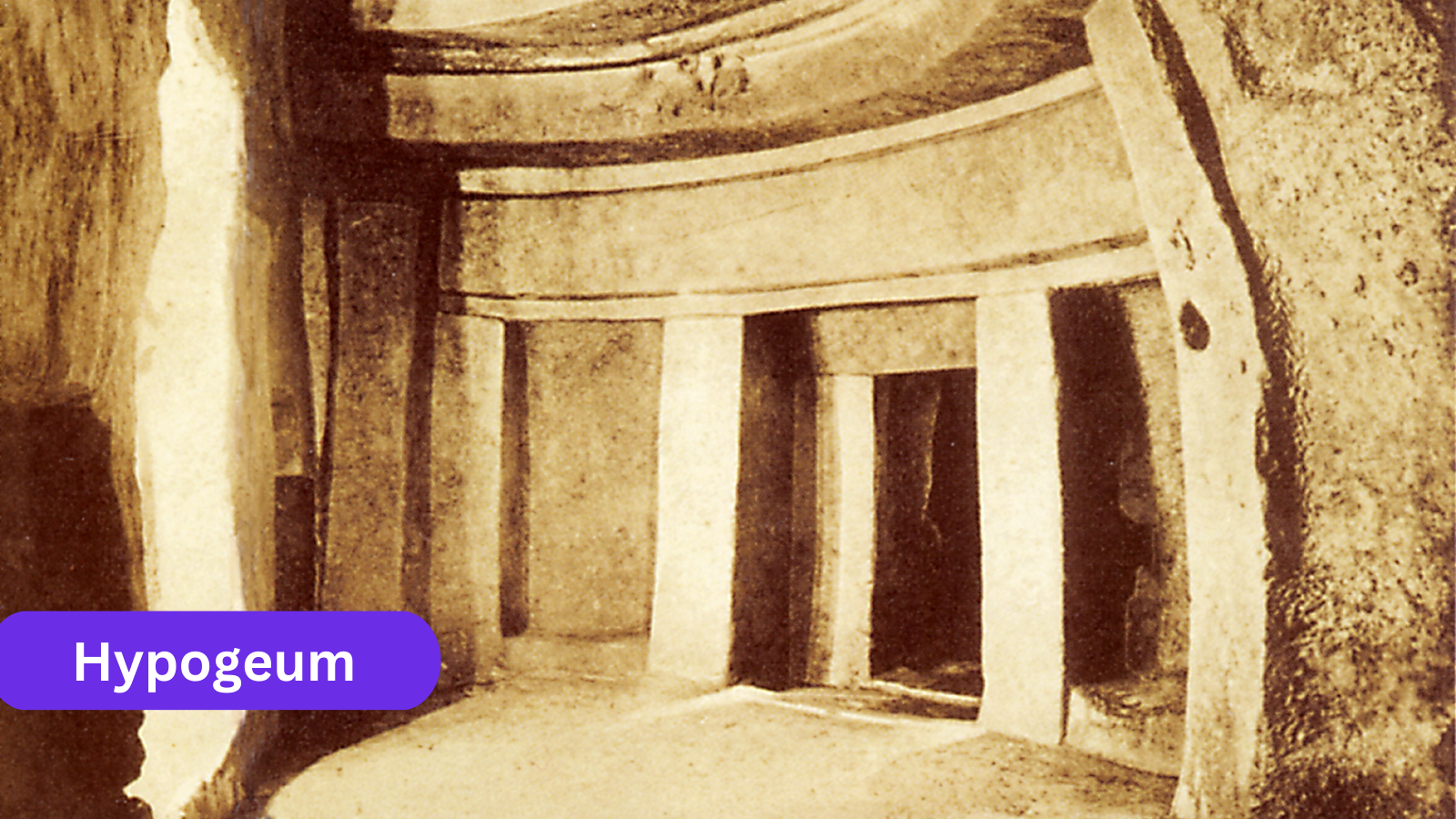
The Hypogeum is a huge subterranean structure excavated during c. 2500 B.C. by making use of cyclopean rigging for lifting big blocks of coralline limestone. Perhaps initially a sanctuary, it was transformed into a necropolis in the prehistoric era.
Read More: Top 10 Travel Destinations In North East
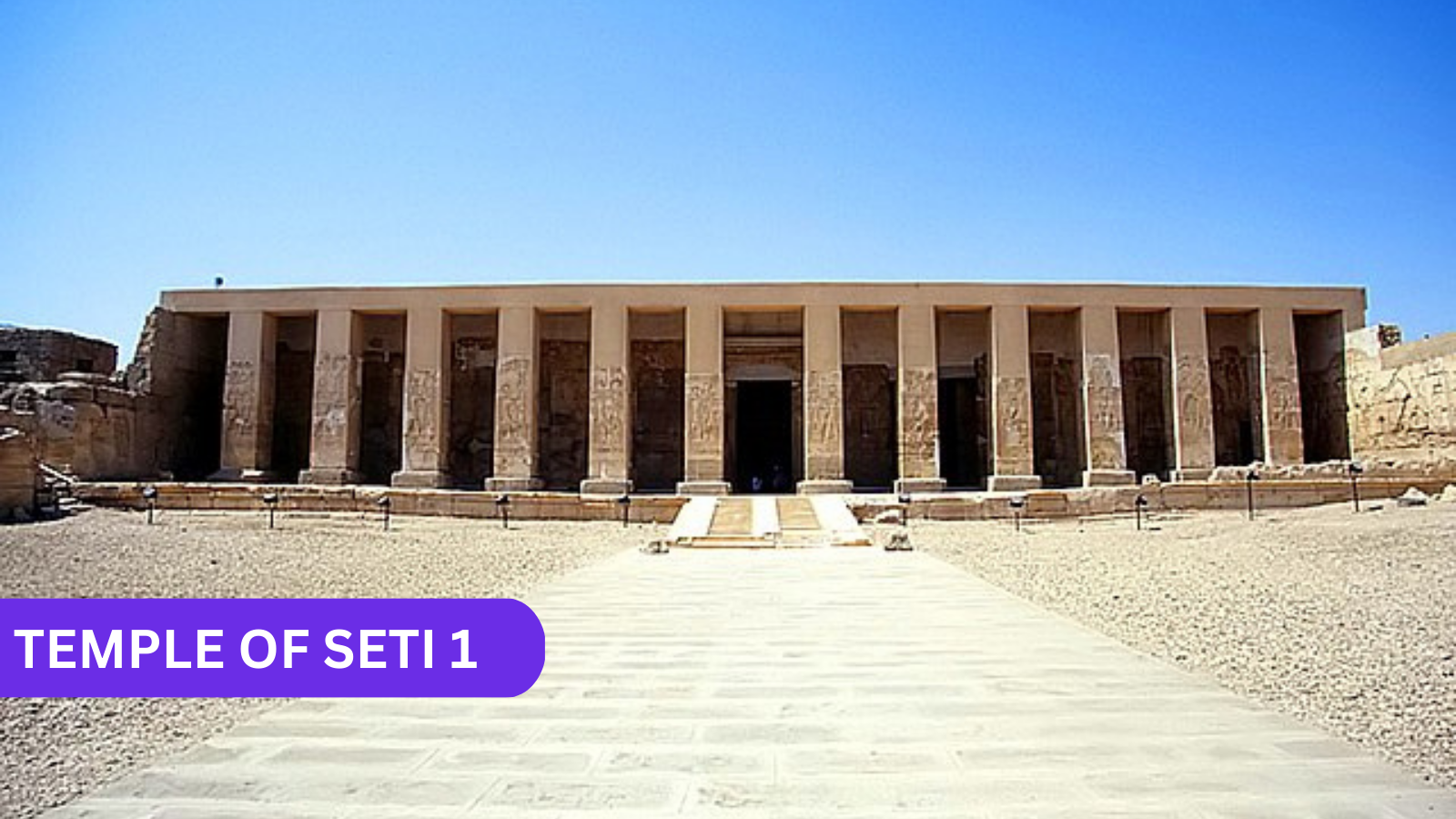
The temple of Seti I, also referred to as the Great Temple of Abydos, is among the principal historical sites in Abydos. The temple was constructed by pharaoh Seti 1. At the rear portion of the temple, you find the Osirion. The temple is also known for the Abydos graffiti, ancient Phoenician as well as Aramaic graffiti traced on the walls of the temple.
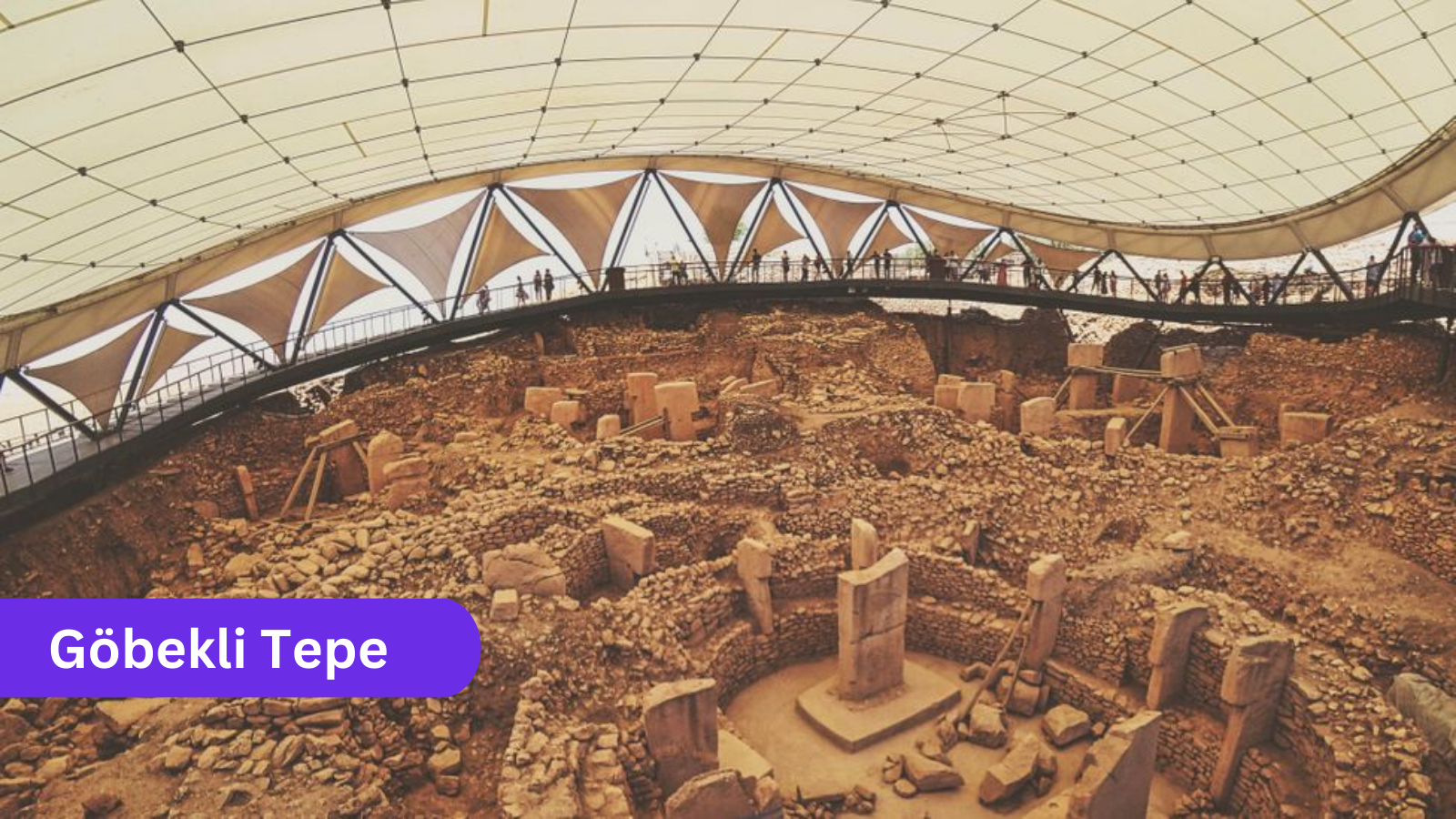
This one is an archaeological site of the Neolithic era in the southeastern region of Anatolia in Turkey. Dated between 9500 and 8000 BCE, the site has various large circular structures that support of vast stone pillars considered to be the oldest known megaliths in the world. Many of these pillars are decorated with figurative details, clothing, as well as reliefs of wild animals, giving archaeologists insights into the religion of prehistoric times apart from a particular iconography related to that period. Come here through Hellovisit global trip.
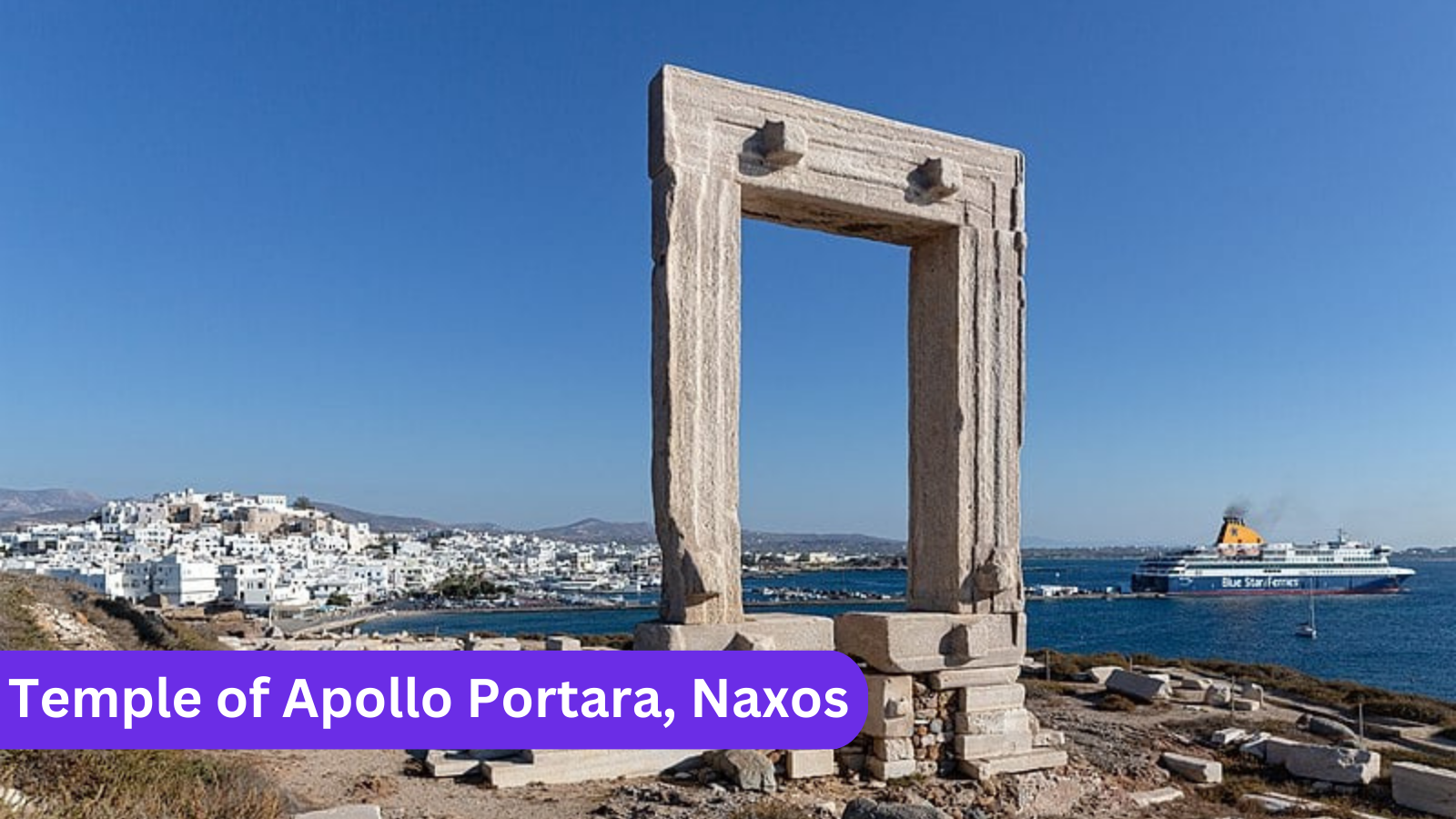
The Next Ancient temple on our list is the Temple of Apollo Portara. The temple of Apollo Potara is located on the islet of Palatia at the entry point of Port of Naxos. Constructed in the 6th century BC, the temple depicts the cultural history of the island. The temple is unfinished and faces Delos. It is considered to be the birthplace of the Greek God, Apollo.
Read More: Jammu and Kashmir with Leh Ladakh Tourism Travel Guide
Read More:-
Best Places to Visit in November in India for Tour
Top Places to Visit in October in India for Tour
Best Places To Visit In September In India for Best Tour
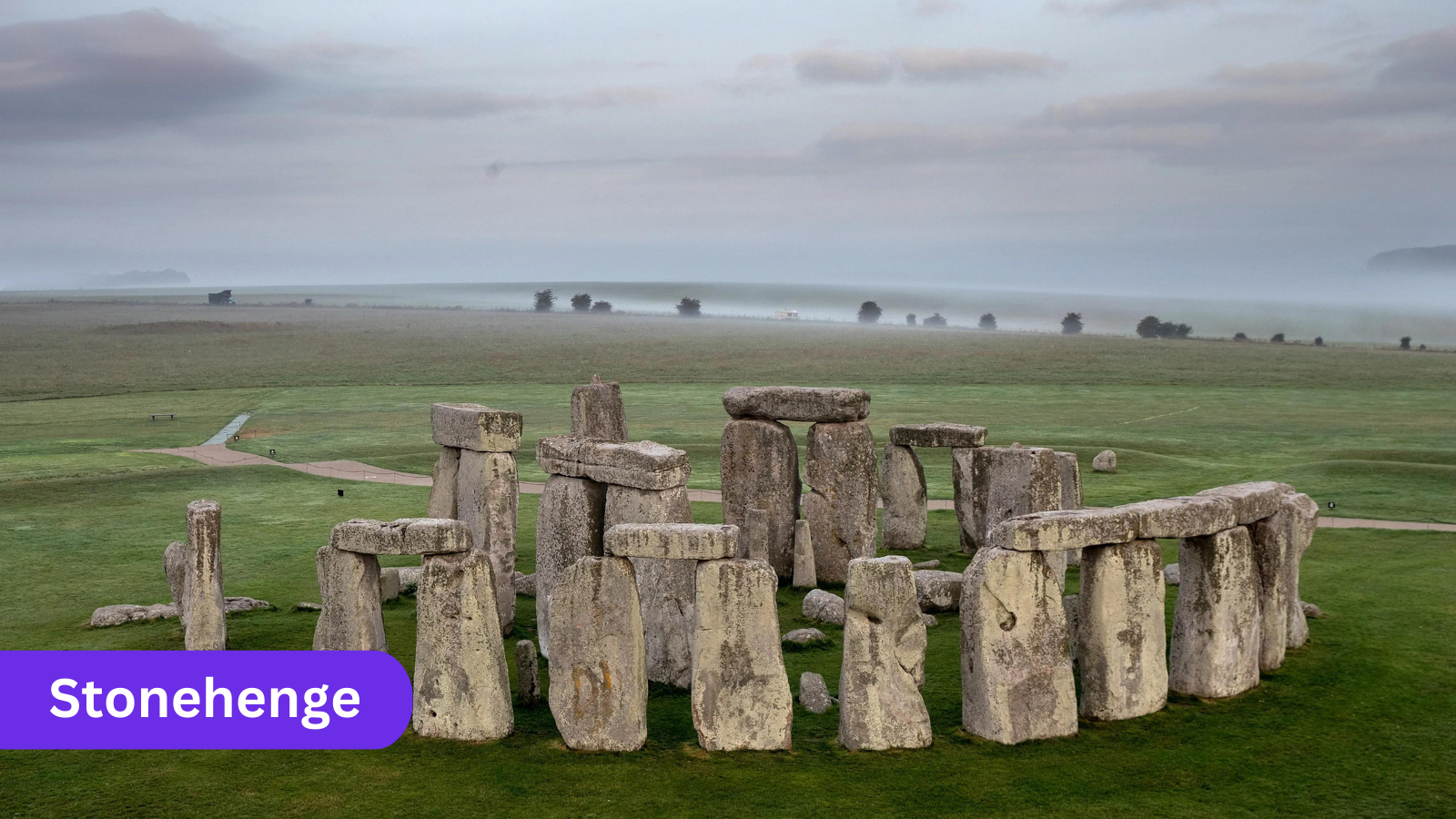
Stonehenge is a prehistoric monument located on Salisbury Plain in Wiltshire, England at a distance of two miles in the western direction of Amesbury. It comprises the outer ring of vertical sarsen standing stones, each around 13 feet high, seven feet wide, and weight about 25 tons and these are topped via connecting horizontal lintel stones. In the interior is a ring of smaller bluestones. Inside these you find free-standing trilithons, two heavy vertical sarsens joined by one lintel. The entire monument, at present ruinous, is aligned in the direction of the sunrise on the summer solstice. The stones are set within earthworks in the center of the complex of Neolithic as well as Bronze age monuments in England, and this includes various hundred burial mounds.
